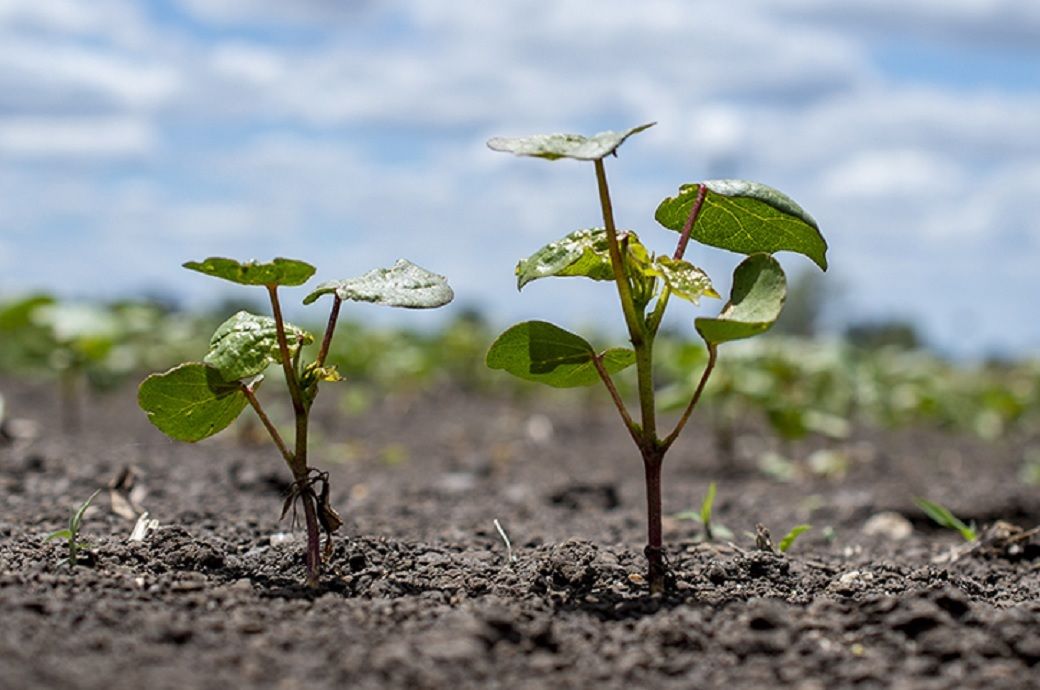
Farmers had been severely impacted by dry conditions for several months and had feared many more months of El Nino conditions, reducing the dryland crop substantially and placing extra demands on irrigators with limited allocation, Cotton Australia said in a press release.
According to the Weather Bureau, a rainband delivered widespread rainfall totals across much of the cotton growing regions in early October. The totals began to mount in early November when some regions of NSW gained in excess of 100 mm, with good rainfall figures reported every week since.
Cotton Australia GM Michael Murray said the rain came just at the right time for some dryland cotton growers who otherwise may not have planted a crop.
“We have enjoyed two excellent years due to the rain, but growers have been concerned about the last few dry months in winter and spring when decisions were being made about the best crops to plant. That has changed over the last few weeks and many of those who rely on rain have received precious millimetres just at the right time,” Murray said.
While many dryland growers have made the decision to plant cotton over the past few weeks, those with water allocation have also benefitted, with many now able to save their water because the rain has done the job for them.
“With the dry conditions we were looking at reducing the crop forecast for 2023-24 to below 4 million bales but we now expect that we may be closer to 4.1 million bales with the potential to exceed that,” Murray added.
Two years ago, good rainfall assisted growers to produce a crop of around 5.6 million bales with around 5.5 million bales produced last year.
“We may be able to achieve 4.5 million bales this season, however, much will depend on the ability of farmers to access their wet paddocks and plant over the coming weeks, and also how much more rain we get over the next few weeks and months,” he said.
According to the Weather Bureau, during the week ending November 27, widespread showers and thunderstorms impacted much of northern and eastern regions with weekly rainfall totals greater than 100 mm recorded in some parts of Queensland. The highest weekly rainfall total was 178.4 mm at Clermont Airport, near Emerald.
While the rain has been welcomed in most of the growing regions, some missed out or received very little rain, and conditions overall remain challenging.
The news comes as Cotton Outlook’s latest forecasts of global raw cotton production declined by more than half a million tonnes, reflecting falls in China, India, Turkiye, and Australia. In a positive development, the expected global cotton surplus has dropped from 787,000 tonnes last month to 188,000 tonnes.
“The combination of a drop in both overseas production and stock levels is positive for Australian cotton growers who last season produced one of the highest quality crops ever seen. Buyers of quality and sustainable cotton are looking to Australia, particularly in those areas where there is a geographic advantage for transport to the mill,” Murray concluded.
Fibre2Fashion News Desk (KD)